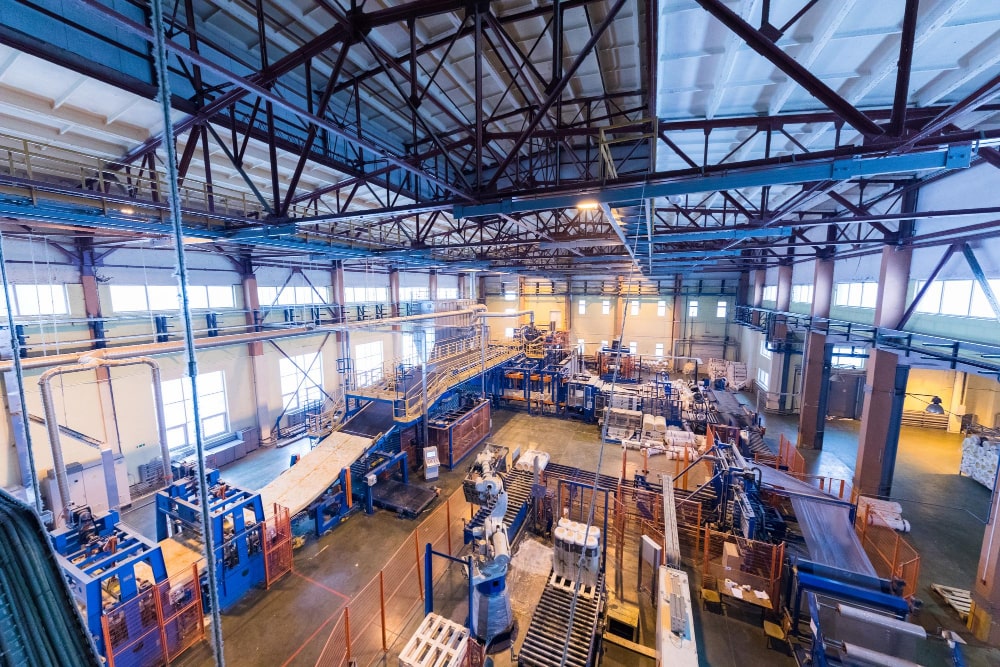
The necessity to safeguard ecosystems and reduce resource has catapulted sustainability to the forefront of business strategies worldwide. To reduce their ecological impact, businesses in the industrial sector are progressively using sustainable practices. Compression molding is one such eco-friendly production method. Several advantages of compression molding support a sustainable and environmentally friendly future. Compression molding favors the environment and resource conservation, which we shall emphasize in this article as we examine five ways it is sustainable.
1. Material Efficiency
The production technique of compression molding is noted for its high material efficiency, making it an environmentally responsible choice. Compression molding, on the other hand, limits the amount of surplus material that is used, in contrast to other molding procedures that generate considerable amounts of material waste. In order to complete the procedure, raw materials, such as polymers or composites, are measured beforehand and then placed into a mold hole. The materials are compacted while being subjected to heat and pressure, ultimately resulting in the required form. Because of this accurate control over the distribution of the material, there is no longer a requirement for surplus material, which helps to cut down on waste and conserve resources. A Compression molding company helps to create a more sustainable production ecosystem by maximizing the use of the material.
2. Energy Efficiency
The energy efficiency of compression molding is yet another important component of this manufacturing method. When compared to other molding methods, this procedure consumes significantly less energy. The raw materials are put through a process called compression molding, in which they are subjected to heat and pressure, which causes them to flow and take on the shape of the mold. This procedure requires a relatively lesser amount of heat and pressure compared to other molding methods, which results in a reduction in the amount of energy that is consumed. Compression molding helps fight climate change by requiring less energy than other manufacturing processes. This energy efficiency not only helps the environment but also helps firms save money by reducing operating expenses.
3. Reduced Carbon Footprint
The use of compression molding is critically important for lowering the overall carbon footprint of the production process. As was discussed before, the procedure has a lower required energy input, which results in lower levels of emissions of greenhouse gases. Another advantage of compression molding is that it does not require volatile organic compounds (VOCs), which are frequently employed in many other molding processes. VOCs have the potential to have negative impacts not only on human health but also on the environment. Compression molding ensures cleaner and safer manufacturing processes by avoiding using these materials. Because of the lower carbon footprint connected with compression molding, this technique is compatible with sustainable practices, making it an appealing option for producers concerned about the environment.
4. Waste Minimization
Compression molding excels in this area, which is an essential component of sustainable production. Because of its accurate material distribution and relatively few requirements for cutting, the process generates little waste. Compression molding, in contrast to other molding techniques, typically generates excessive scrap material since it maximizes the exploitation of the raw material, ultimately leading to reduced waste output. In addition, any surplus material or flash that is produced throughout the process can be recycled and utilized again, substantially reducing the amount of trash produced. The ability to produce products with as little waste as possible is critical to the development of a sustainable manufacturing system that protects natural resources and lessens the load on the environment.
5. Longevity and Durability
Products that are made via compression molding are renowned for their exceptionally long lifespans and high levels of durability, both of which contribute to sustainability. The method results in sturdy and solid components, able to survive hard circumstances and extended use without breaking down. Because of its lifespan, the product requires fewer frequent replacements or repairs, which would otherwise lead to increased use of additional resources and waste production. Compression molding allows for the production of long-lasting products, which allows businesses to lessen their negative impact on the environment and contribute to the growth of a circular economy.
Conclusion
Compression molding is a method of manufacturing that uses less energy, less material, has a smaller carbon footprint, produces less waste, and produces products that last longer. More and more manufacturers are turning to compression molding because of its eco-friendly qualities as the globe continues to value sustainability. By using this approach, businesses can lessen waste production, conserve resources, and have less negative impact on the environment. Compression molding offers advantages that are consistent with sustainability ideals, making it a desirable option for producers and customers looking for environmentally friendly products.
You may also like
8 Things a City Can Do to Harness Sustainable Energy
Better Business Practices: 5 Sustainable Strategies to Adopt in 2023
How to Help Your Business Become More Sustainable?
How to Market Your Eco-Friendly Business?
